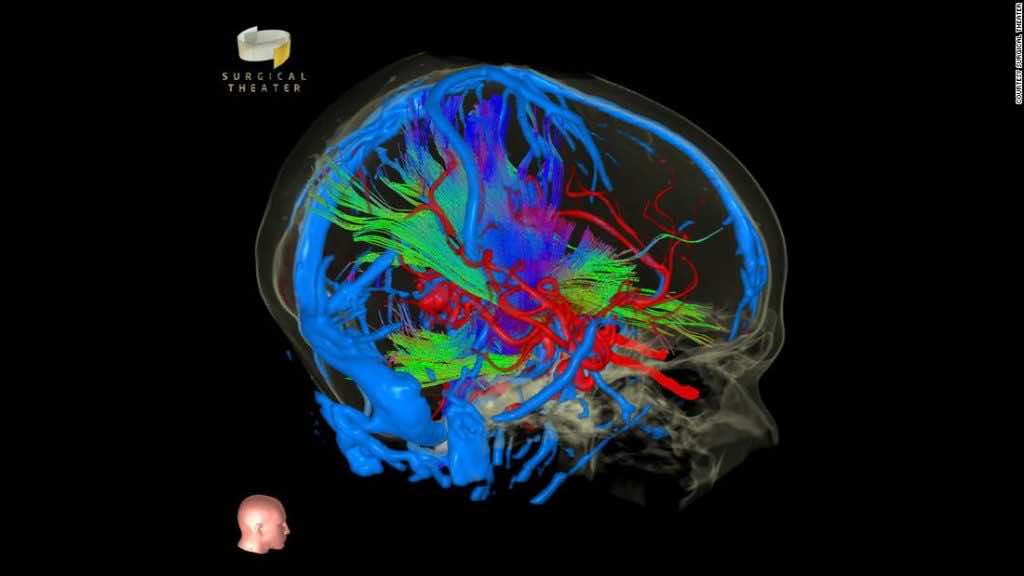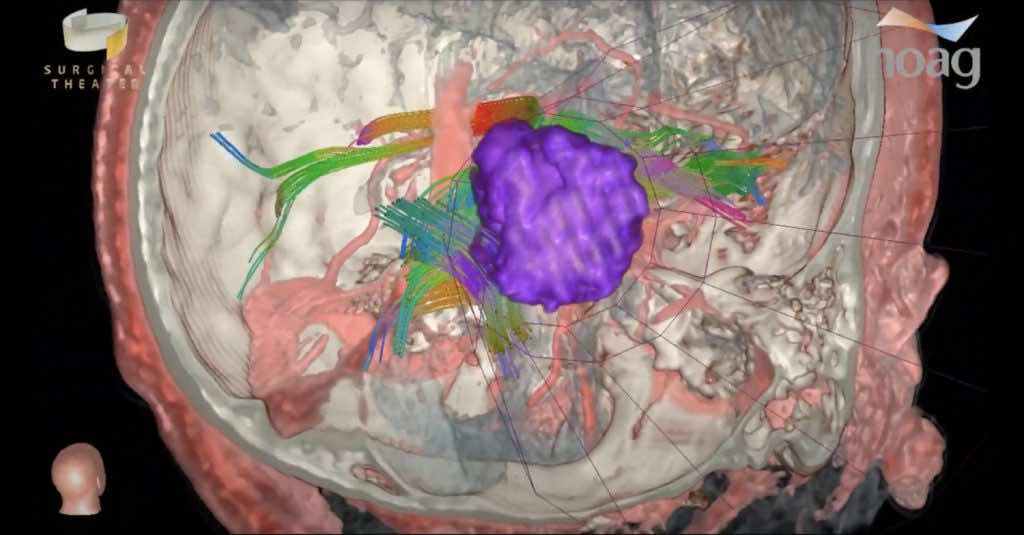Remember Superman who could see through objects, giving him the ability to see what was happening behind a wall or something? Well, you could have something similar and all you need is this piece of new tech. A new medical device could give surgeons superpowers like Superman, specifically his x-ray vision.
This new tech called, SyncAR is the brainchild of the collaboration Surgical Theater, a Los Angeles-based health company, and Medtronic, one of the largest medical device companies in the world. SyncAR works by merging digitally enhanced images directly into the microscope of a surgical device, enabling the surgeon to get real-time x-ray like views that he would otherwise get from a screen around the operating room that usually breaks the flow of the surgery.

According to Moty Avisar, the CEO and co-founder of Surgical Theater, “When you have your hands on something delicate, such as the brain, every minute and second matters. Every small movement matters. If you have to pull your head away from the microscope to look at a display and then go backward, it disturbs to continuity of the surgery”. He’s right, even a distraction that’s a fraction of a second long can be life or death when surgery is involved.
The tech includes augmented reality or digital layered 3D images that were created to aid in complex neurosurgeries. Each image would be able to show a detailed view of the patient’s specific body parts. The images would be digitally built using data from MRI or CT scans. These SyncAR images are then directly fed into Medtronic’s StealthStation S8 surgical device.

StealthStation S8 is a navigation system that is fitted with both a microscope and a screen and these images are fed directly into both. The images include color marking and accurate 3D visualizations of the arteries, vessels, nerves, and other stuff of the body. Avisar claims that, even in cases of tumor removal, SyncAR “allows the surgeon to not only direct the most efficient pathway but also to see beyond the tumor itself”.
The good thing is that the technology has been approved by the FDA in the US and is now currently being tested by surgeons with future plans to expand the tech into hospitals in Europe by the end of 2021.
According to Dr. Thomas Steineke, a neurosurgeon testing the device, “Imagine you’re conducting minimally invasive neurosurgery, and you don’t have a great line of sight. You’re somewhat going in blind, and have to refer to your screen frequently. With this combination, you can fade in and out of the real image and a virtual map, and use that to make your way towards the pathology”.


